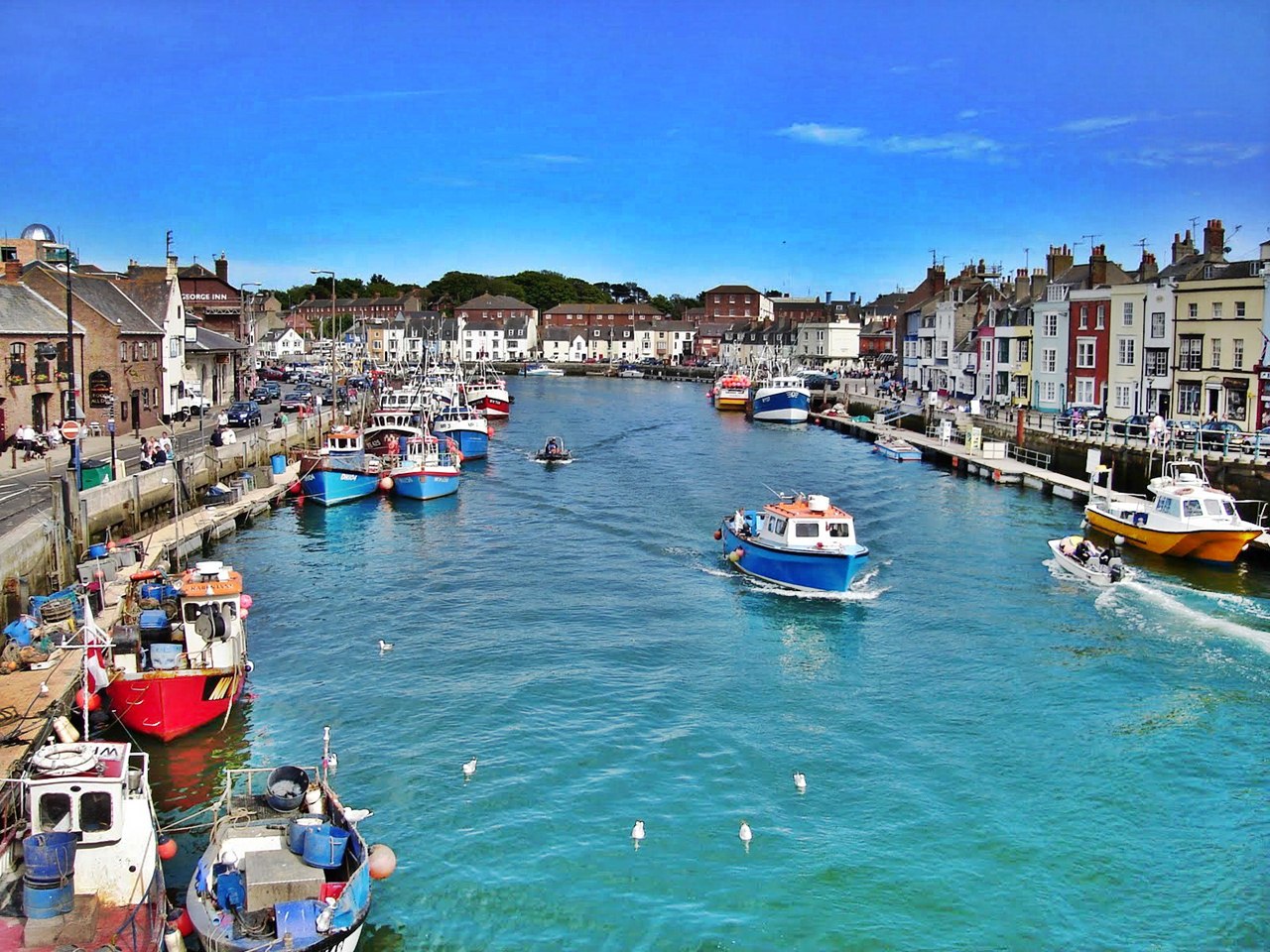Dorset Council has published our Weymouth Harbour & Esplanade Flood and Coastal Risk Management Strategy, which details how we will ensure that the town is protected from potential coastal flooding and erosion by developing the harbour walls and esplanade sea defences.
The strategy sets out the Council’s preferred approach; bringing together the findings and recommendations from numerous studies undertaken by both the Council and the Environment Agency.
The huge scale of engineering works will require investment in excess of £115million from multiple sources. Around a quarter of this would be funded by Dorset Council and agreed as projects come forward for approval.
Weymouth already floods and is impacted by coastal erosion. With a predicted sea level rise of up to 1.3m over the next 100 years and more intense weather events as a result of climate change, the problems facing Weymouth will increase significantly.
This extensive programme of wall replacement and raising around both the harbour and esplanade will both reduce flood risk and replace deteriorating walls, some of which are already at the end of their design life.
The strategy timeline is divided into three key phases. Phase one commences this year and covers three key areas of work: –
Harbour sea defence walls – 2020 to 2030
Current harbour walls are too low to cope with predicted future sea level rise, meaning an increased level of risk and stifled development. It is essential we replace or raise walls at the appropriate times to make sure protection is maintained.
We plan to replace seven sections of harbour walls (eg. North Quay Rd, Custom House Quay, Westwey Rd) and raise nine sections (eg .Commercial Rd, Cove Row, Nothe Parade).
Esplanade sea defence – 2020 to 2035
This helps reduce flood and erosion risks. These measures are important to protect against wave overtopping for the low-lying areas of the town set behind the esplanade.
We plan to repair the Greenhill section sea wall foundation (2020-2025). This will be followed by improvement works to the Greenhill section sea wall with associated promenade works (2034-2035).
Current beach management activities will continue, which includes recycling of sand and reprofiling of the beach. This is a cost-effective measure of delaying more expensive and significant works, as the beach absorbs the impact of the waves and reduces damage to the promenade and Esplanade.
Harbour walls (general) – 2020 to 2027
A further 2km of harbour walls provide limited Flood and Coastal erosion Risk Management (FCRM) benefit but are essential for the overall functioning of the harbour and so are included within the strategic approach.
We will replace four sections of peninsula walls between 2020-2027.
The approach allows us to review many factors as we progress, including rates of climate change, asset deterioration and changes in spatial planning needs and requirements.
You can read the full strategy on the Dorset Council website. A similar strategy for Lyme Regis is also in place, with plans being drawn up for Swanage and other areas that are being treated in the same way as far as sea defences are concerned.
Cllr Tony Ferrari, Dorset Council’s Portfolio Holder for Economic Growth, Assets and Property, said:
“This is a hugely exciting and ambitious strategy that deals with the effects of climate change and helps protect the future of Weymouth. It will see record amounts of investment in coastline defences and I strongly encourage everyone to read the document so they can see what is planned.
As Dorset Council’s Portfolio Holder for Assets – with a special Cabinet responsibility for the regeneration and development of Weymouth – I am uniquely placed and very proud to bring forward this scheme. Next step is to get everything in place to govern and manage the various projects proposed and continue to work closely with the Environment Agency to secure funding.
I’d like to thank the many agencies that have been involved in the studies that helped us devise this strategy that, when implemented, will cement Weymouth’s reputation as a safe and attractive place to work and visit.”












